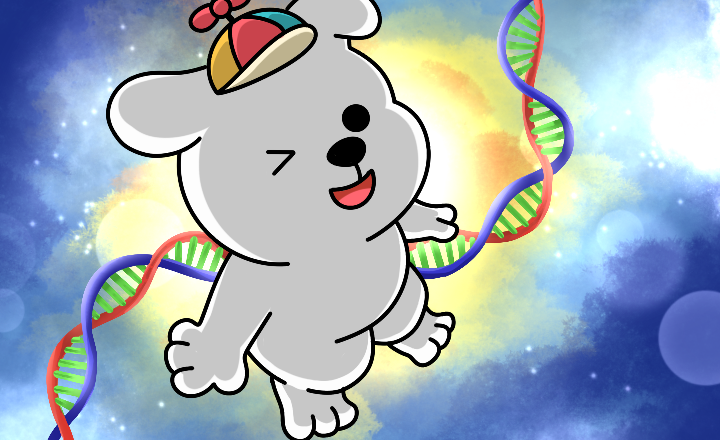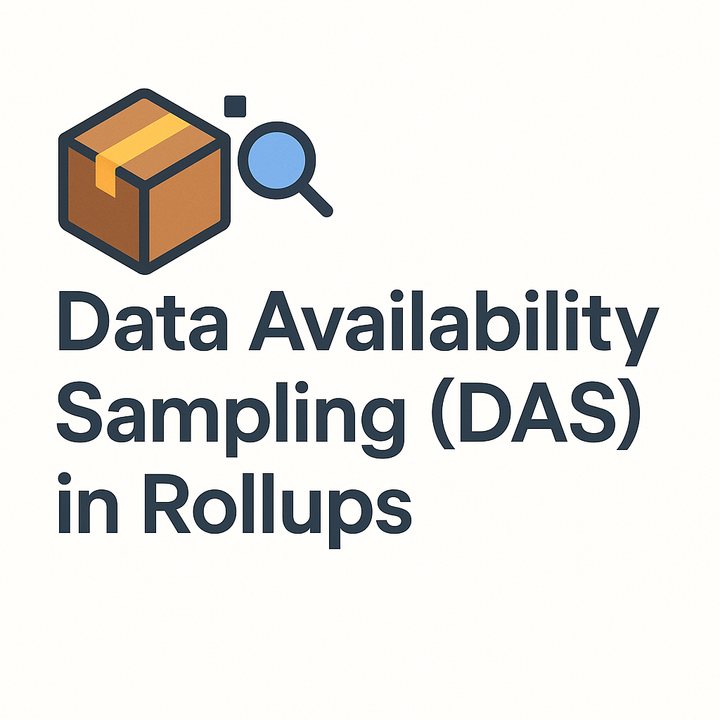Mitosis DNA Model: How MITO, gMITO, & LMITO Align Incentives for Sustainable Ecosystem Growth

Blockchain ecosystems are notorious for short bursts of excitement followed by long periods of stagnation. Initial token launches and high APYs attract users, but loyalty fades, governance falters, and contributors lose direction. This boom-and-bust cycle is often caused by flawed incentive structures, which constitute rigid formulas, central planning, and short-term mindsets. The Mitosis DNA Program (Operations and Rewards Strategic Engagement) proposes a radically different framework.
The DNA Model introduces a novel three-token system that aligns all ecosystem participants, i.e., users, developers, validators, and vault builders into one cohesive growth engine. With MITO, gMITO, and LMITO working together, the system incentivizes long-term alignment, meaningful governance participation, and value-creating behavior across all chain levels. This article explores how the DNA model works, why long-term participants benefit most, and how Mitosis creates a shared flywheel that sustains ecosystem momentum.
The DNA Model: How MITO, gMITO, and LMITO Work Together
The heart of the DNA Program lies in its three-token incentive design, each tailored for a unique role in the ecosystem:
MITO: The Utility Token
MITO fuels the Mitosis Chain. It functions as gas for transactions, a staking asset for validators (with a 21-day unstaking period), and a freely transferable token used across DeFi applications. MITO also serves as the entry point into deeper ecosystem participation, as staking MITO is required to unlock the other tokens in the model.
gMITO: The Governance Token
gMITO is the governance layer, earned by staking MITO to validators. Importantly, gMITO is non-transferable, which prevents governance attacks like vote buying or flash loan exploits. It reflects long-term commitment, giving holders voting rights over key ecosystem decisions such as:
- Vault reward distribution percentages
- Fee setting and revenue allocation
- Whitelisting of dApps and vault projects
- Custom governance parameters for unique use cases
This model ensures that governance power is earned, not bought, and gives increasing influence to those who contribute over time.
LMITO: The Locked Incentive Token
LMITO is where the magic of long-term alignment comes into play. It is distributed as a reward across different ecosystem activities (vaults, dApps, staking, etc.) but remains locked upon receipt. It gradually unlocks into usable MITO over time. However, LMITO unlocks faster if the recipient actively participates in governance using gMITO. This creates a powerful incentive: those who shape the ecosystem are rewarded faster and more meaningfully.
Additionally:
- LMITO is non-transferable until it is unlocked.
- Unlock speed accelerates with governance voting.
- Passive holders still get access, but patience is required.
This tri-token structure creates a natural tension between short-term utility (MITO), long-term influence (gMITO), and time-based rewards (LMITO). Together, they drive sustainable participation and prevent speculative drain.

Why Long-Term Participants Benefit the Most
Unlike traditional yield farming or staking programs that offer high short-term rewards and then quickly decay, the DNA Model is intentionally built to favor long-term players. Every element of the system is structured to reward those who stay, contribute consistently, and think beyond the immediate gain.
gMITO, being non-transferable, is only accumulated through continued staking of MITO. It cannot be bought or manipulated. The more a participant contributes to the stability of the network over time, the more governance power they gain. This governance influence can be used to vote on reward distributions, vault preferences, and dApp incentives, meaning long-term holders don’t just gain power; they help shape the ecosystem's future direction.
LMITO further strengthens this incentive structure. Because it unlocks slowly and unlock speed is tied to governance activity, those who passively hold their rewards will receive them eventually, but those who participate get them faster. This ties liquidity with commitment, and time with trust. It’s a structure that naturally filters out opportunists and reinforces ecosystem cohesion. The DNA Model makes it clear: if you believe in the ecosystem and invest your time and attention, the rewards will follow, not only in tokens but in influence and opportunity.
Additionally, as governance evolves, gMITO holders are expected to play key roles in shaping incentive structures, whitelisting dApps, directing vault allocations, and optimizing revenue flows. The system embeds leadership opportunities for those who prove themselves through consistent contribution, not flashy entry.
In short, Mitosis flips the conventional model: short-term speculators get less, while builders, stewards, and loyal users get more over time. Contrast this with typical crypto programs that burn out quickly due to over-reliance on short-term APYs. The DNA Model makes staying power the ultimate edge.
How DNA Aligns Users, dApps, Validators, and Vault Projects Into One Shared Flywheel
Where most ecosystems separate roles and fragment incentives, the DNA Model unifies every major participant group into a shared incentive loop.
Users
Users interact with Mitosis by depositing liquidity into vaults and engaging with dApps that integrate MITO. In return, they earn LMITO rewards and gMITO by staking. They can double-dip: earn vault yields + governance power. By actively voting, they unlock their rewards faster and gain long-term influence. This makes users central to the network—not just passive recipients, but active stakeholders.
Validators
Validators secure the chain and earn gMITO-based commission for doing so. Unlike most networks where validators are disconnected from the broader economy, in Mitosis, they:
- Gain governance power through staking
- Influence how vault and dApp incentives are distributed
- Have a direct role in shaping ecosystem health and usage
This alignment transforms validators into ecosystem stewards rather than mere operators.
dApp Developers
dApps are funded through a dual reward system:
- The Max Pool: Automatically rewards whitelisted dApps based on how much MITO (and its derivatives) they utilize. This is formula-driven and meritocratic.
- The Vote Pool: Allows gMITO holders to vote in support of promising applications, especially early-stage or experimental ones.
This hybrid approach ensures that builders are rewarded both for utility and innovation. It encourages real integration of MITO while giving the community discretion to guide development efforts.
Vault Builders
Vaults are the gateway for external capital into the Mitosis ecosystem. They receive priority funding from LMITO emissions. gMITO holders vote on which vaults should get what percentage of rewards. The most valuable vaults attract the most liquidity, receive more votes, and enter a compounding loop of rewards and usage.
In addition:
- Vaults have customizable, governance-approved fee structures
- They form direct partnerships with external protocols
- Their design ensures first-mover advantage and long-term value
By aligning these four roles through gMITO-driven governance and LMITO-driven rewards, the DNA model creates a flywheel:
- Users fuel vaults and dApps.
- dApps use MITO and drive utility.
- Validators secure activity and direct rewards.
- gMITO holders (users + validators) vote to sustain the most valuable flows.
As each group benefits from the others’ growth, the ecosystem becomes self-sustaining and resistant to the typical “pump and dump” dynamics of token economies.
Conclusion
The Mitosis DNA Model stands out as one of the most well-thought-out frameworks for building sustainable blockchain ecosystems. Through its three-token structure: MITO, gMITO, and LMITO, it creates a feedback loop that ties participation to influence, loyalty to liquidity, and contribution to rewards. Unlike many tokenomics models that incentivize short-term engagement, DNA is built around patience, alignment, and mutual success.
Long-term participants are the true beneficiaries of this design, not only because they receive more value over time, but because they gain influence over how the ecosystem evolves. Governance becomes meaningful, not performative. Rewards become earned, not extracted. And the system becomes more resilient as more contributors become stakeholders.
Most importantly, DNA doesn't treat users, validators, dApps, or vault projects as separate silos, it integrates them into a shared growth engine where each player has a stake in everyone else's success. This is the kind of alignment crypto ecosystems have long needed, and if executed well, it could serve as a blueprint for future decentralized economies.
As blockchain ecosystems mature and move past speculative hype cycles, the real question becomes: Can your tokenomics survive beyond TGE?
Mitosis believes it can, and the DNA Model just might prove it.



Comments ()